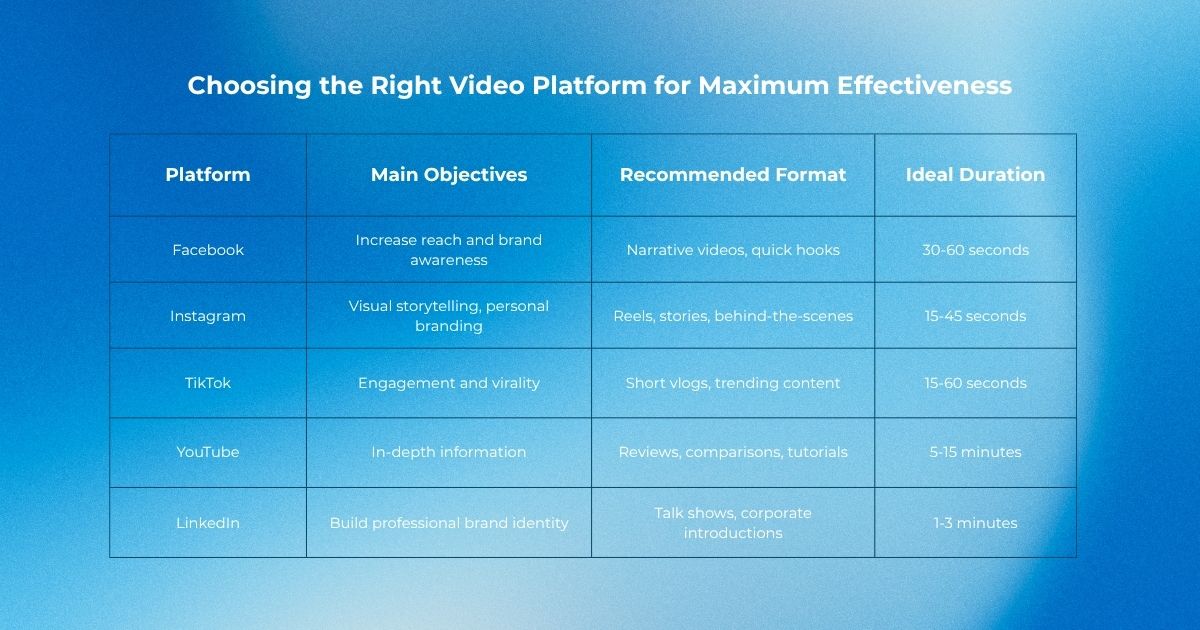
In the automotive industry—where purchase decisions rarely happen instantly—social media is more than just a promotional tool; it serves as a strategic touchpoint that shapes consumer trust, emotion, and behavior. So, what are the key social media trends set to lead the automotive sector in the coming years?
Key Factors Driving the Automotive Industry’s Focus on Social Media Marketing
As the automotive industry undergoes a period of rapid transformation, the role of digital communication—especially social media—has become increasingly pivotal.
In the past, customers mainly visited showrooms to explore and make purchasing decisions. Today, however, most car-buying journeys begin on a smartphone screen. Consumers research, compare, read reviews, and even choose their preferred car brands directly on social media platforms.
According to research by Coc Coc Vehicle, advertising on social media platforms now plays a decisive role in shaping brand choice for car buyers, accounting for 46%—a 2% increase compared to 2023. Meanwhile, traditional advertising channels such as television and print media still hold significant influence at 40%. Consumers also interact with brands through various other touchpoints including auto shows, test drive events, word-of-mouth, point-of-sale (POS) promotions at dealerships, and outdoor advertising.
Within the online communication ecosystem, automotive brands are leveraging social media, search engines, and websites. Among these, social media leads with a 41% share, with video-sharing platforms like TikTok and YouTube Shorts capturing up to 32%, making them the top choice for driving attention and emotional engagement.
Notably, search engines continue to see strong growth—from 36% to 40% in 2024—ranking second among online channels and playing a crucial role during consumers’ comparison and decision-making phases. Beyond brand promotion, social media has evolved into a powerful medium for building trust, nurturing communities of car enthusiasts, and subtly driving purchase intent through interactive content, experience-driven videos, and campaigns that amplify brand values.
So how can automotive brands leverage social media in a truly strategic and effective way? Below are the emerging communication trends that brands can adopt through a fresh, innovative approach.

Communication Touchpoints in the Consumer Car-Buying Journey
Social Media Marketing Trends in the Automotive Industry
From researching information, comparing models, to the emotional connection built through a test-drive video—everything can happen long before a customer sets foot in the showroom. So how can automotive brands create influence, inspire action, and convert engagement into real customers? Below are three key social media marketing trends brands can embrace.
1. Harnessing the Power of Video – The Ultimate Tool for Attention and Emotional Connection
Video content continues to dominate in terms of reach and viewer engagement on social media. For the automotive industry, it provides the perfect opportunity to showcase products, tell brand stories, and deliver real experiences that static visuals simply cannot achieve.
You can explore video formats such as:
- Test-drive experiences
- Car care and maintenance tips
- Showroom behind-the-scenes
- Model comparison clips
- After-sales service introductions
With today’s accessible AI tools, brands can easily produce videos quickly and professionally, combining creativity with efficiency to bring authentic automotive storytelling to life.

Choosing the Right Video Platform for The Marketing Strategy
2. Creating Immersive Experiences with AR/VR Videos and Gamification
Beyond traditional videos, automotive brands are increasingly embracing Augmented Reality (AR) and Virtual Reality (VR) technologies to craft vivid, personalized, and memorable customer experiences.
- VR Showroom: Enables users to virtually “walk through” a digital showroom, explore both the interior and exterior of vehicles, and interact with details—without ever setting foot in a physical space.
- AR Video Demo: Allows users to use their smartphones to “place” a car in their real environment—right in front of their house, in the garage, or on the street—helping them visualize how it fits into their everyday life.
In particular, Gamification Marketing is opening up a new, highly creative direction for car brands:
- Virtual test-drive minigames using simulation technology
- Interactive quizzes that match car models with users’ personalities
- Reward systems that let users earn points and redeem real-world offers after completing challenges
These formats not only capture attention but also encourage sharing, increase engagement, and transform emotional excitement into purchase intent.
3. Driving Viral Impact through Contests and Share-to-Win Campaigns
Social media is more than a communication channel—it’s a dynamic playground where automotive brands can launch contests and share-to-win programs to spark organic reach, attract potential customers, and amplify brand visibility.
Common campaign formats include:
- Interactive Mini Games:
“Guess the new model – win a prize” or “Share your first test-drive experience to unlock special offers.”
- Community Giveaways:
Encourage users to tag friends, share posts, and comment on prompts like “What was the first car you ever drove?”
- Challenges & Trend Videos:
Launch TikTok or Reels challenges such as “360 Moments in Your Favorite Car” or “Drive Your Style.”
- Share-to-Redeem Offers:
Reward users who share posts about test-drive events or car purchases with real gifts—accessories, fuel vouchers, or car wash coupons.
Smart Implementation Tactics:
- Prioritize Facebook and TikTok for their strong engagement and viral potential.
- Use campaign-management and tracking tools like Onfluencer.
- Create simple landing pages to convert participants into qualified leads.
Optimizing Social Media Campaigns for Lasting Brand Impact
To truly drive conversions and long-term brand value, automotive social campaigns must be built on a structured strategy that enhances the overall brand experience.
1. Align Visuals and Messaging with Brand Guidelines
Each car model represents a unique brand position—dynamic, sporty, luxurious, or durable. Visuals, color palette, tone of voice, and messaging must align perfectly with brand guidelines to ensure consistency and professionalism.
2. Plan Content by Model Line and Seasonal Peaks
Develop a content calendar segmented by category (SUV, sedan, EV, etc.) and key sales seasons (Lunar New Year, summer, year-end). This ensures timely campaigns that match customer demand and maintain focus.
3. Integrate Tracking and Data Analytics
Leverage measurement tools such as Onfluencer, NovaonX Chatbot, or other Martech solutions to monitor post performance, ad efficiency, and user behavior after engagement. Data is the key to cost optimization and higher ROI.
4. Stay on Trend Without Losing Brand Identity
Following trends boosts visibility—but with caution. Every viral piece of content should still reflect the brand’s essence, avoiding superficial or off-brand executions that dilute brand integrity.
In today’s race to build brand equity and win over customers, social media is no longer just a communication channel—it’s the starting line of the car-buying journey. To move faster and go further, automotive brands must embrace a holistic strategy that unites Strategy – Creative – Technology, delivering a seamless and memorable brand experienceacross every touchpoint.


